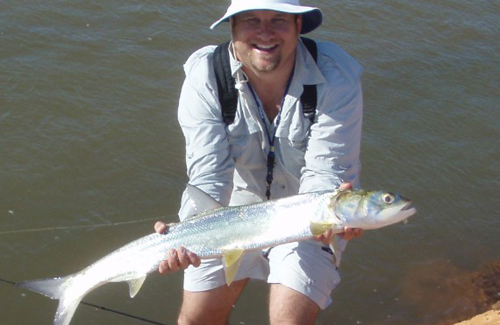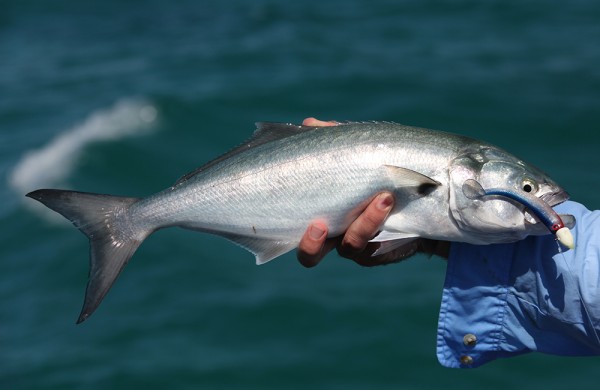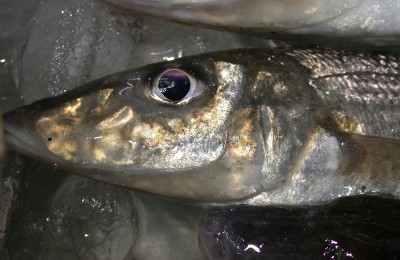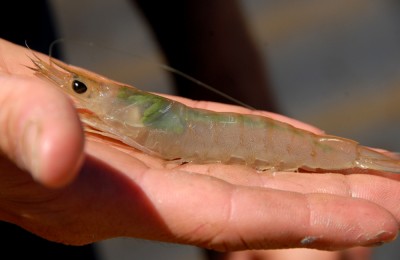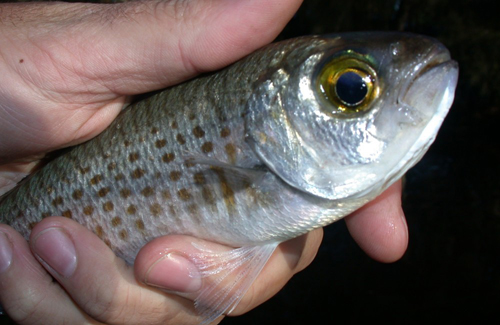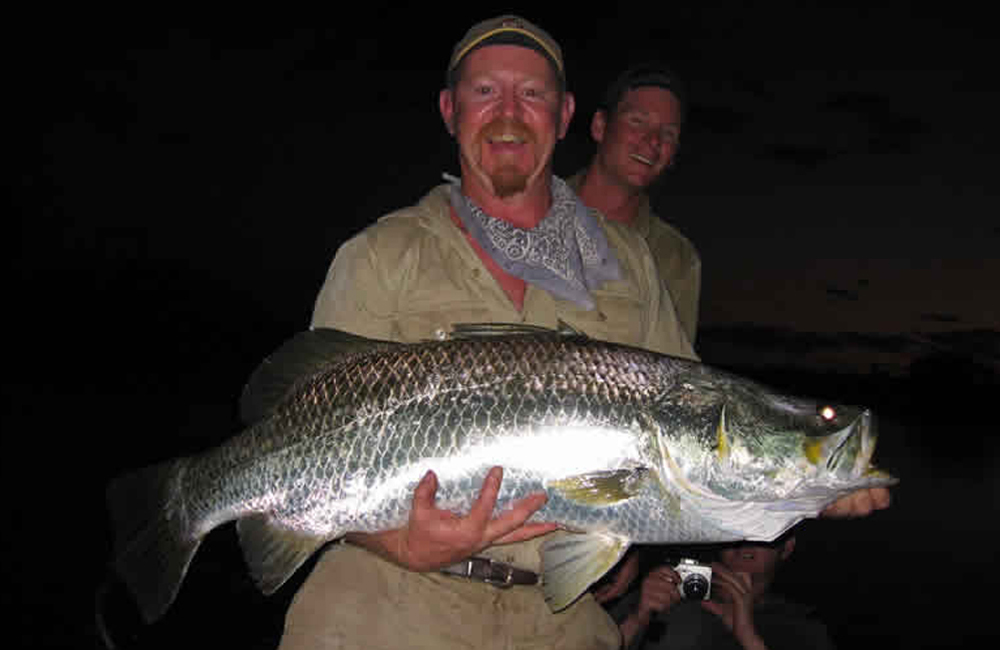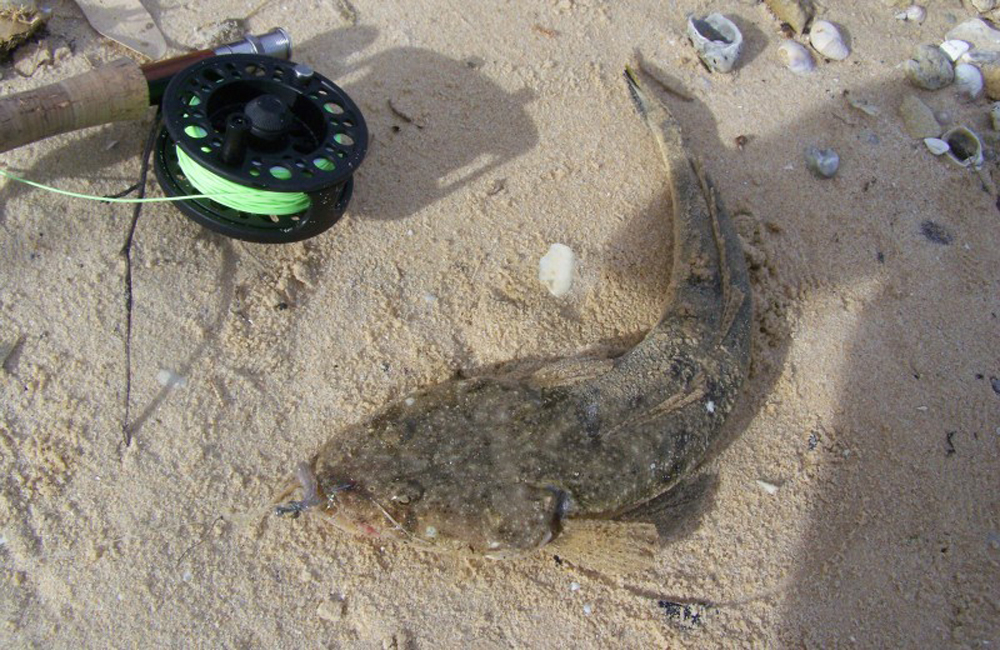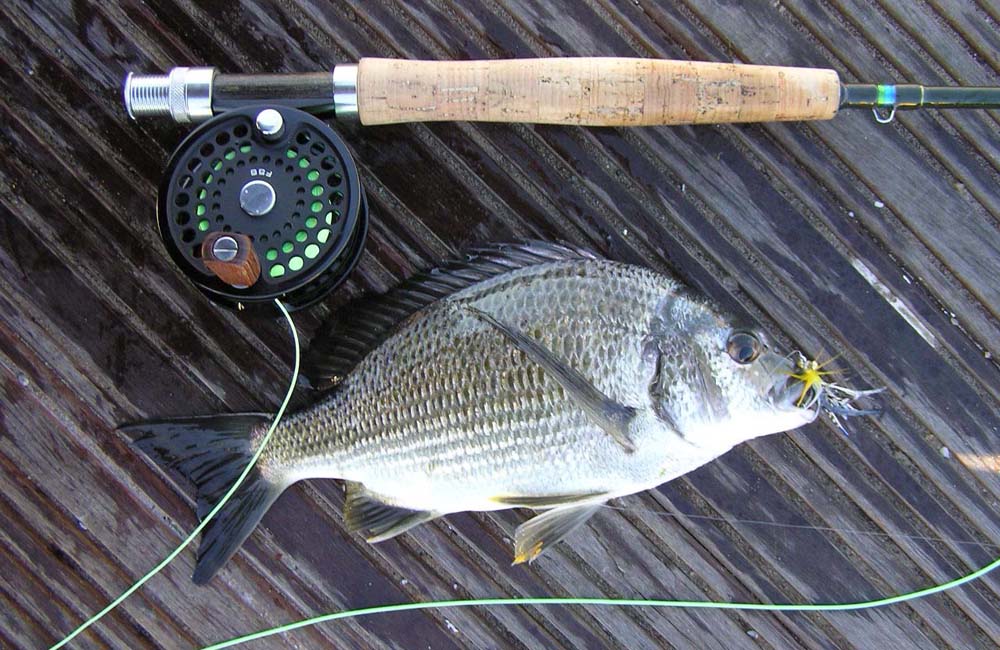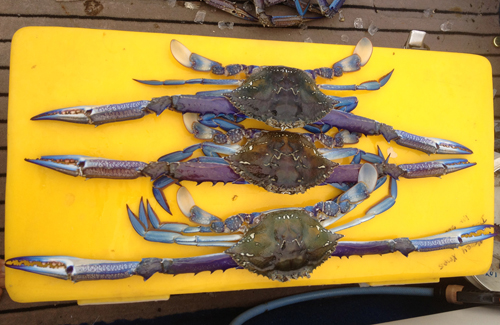How to Catch Giant Herring
Rigs and Techniques
These fish are amazing fighters and offer a massive challenge on light gear.
Although they are not that hard to hook initially, keeping them connected is another matter altogether. Their bony mouths and violent head-shaking leaps throw the hooks most of the time, leaving the angler with nothing but a memory of the brief encounter. They also have small raspy teeth that will quickly wear through thin leader.
A mainline of 4-6kg braid or mono should be sufficient for all but the biggest fish, and mono actually offers the advantage of offering more give during the fight. Fluorocarbon leader of around nine kilos (20lb) is needed.
There are a numbers of lures that can be used for giant herring, including bibbed minnows from 5-10cm in length, small poppers, small stickbaits and metal slices. Giant herring often respond best to a fast retrieve. Bear in mind that the heavier the lure, the easier it is for the giant herring to dislodge it during the fight. Replacing the trebles with assist hooks is worth considering if giant herring are being sought. They are a favourite of fly anglers and an eight-weight outfit would be sufficient.
Don’t forget to check if you need a WA fishing licence before heading out.
GIANT HERRING FACTS
Other names
Elops machnata.
WA Distribution
Giant herring are found all the way from the Northern Territory to Albany on the south coast and are usually found in near-shore waters, and particularly in estuaries, embayments and rivers. Exmouth Gulf is a noted location for them. Although more common from Kalbarri north, many southern estuaries hold small populations of giant herring, including the Swan River and Nornalup Inlet. They can also be found in freshwater billabongs in the northern half of the state. They are certainly more commonly encountered during the warmer months in the southern half of the state, and their numbers appear to rise in the years following a strong Leeuwin Current.
Description
Absolutely no relation to Australian herring, in the northern half of the state giant herring are generally an incidental capture for anglers targeting other species. However, there has been a small population of fish in the Swan River for many years and as a result they are a highly-prized opponent for metro sportfishers, because of their speed and acrobatic antics when hooked. They are easily identified, with a long slender silver body, prominent dorsal fin and large powerful forked tail that provides their power and speed. They also have a very bony mouth and large eye. Although they grow to more than 10 kilos and over a metre in length, most giant herring caught are much smaller than this and any fish over 60cm is a good one. They are often found in small schools and many anglers believe they fish best when there is some chop on the water.

